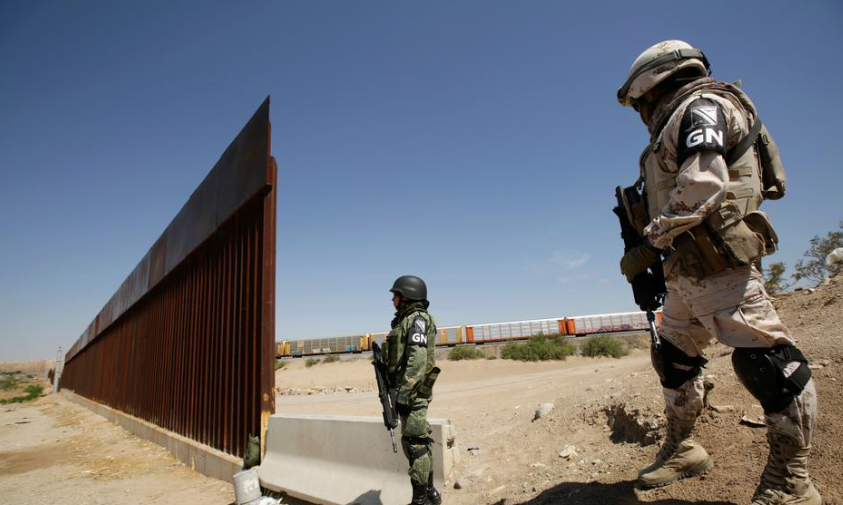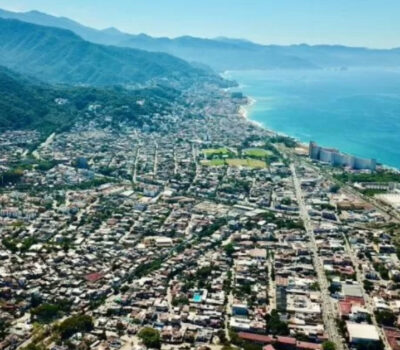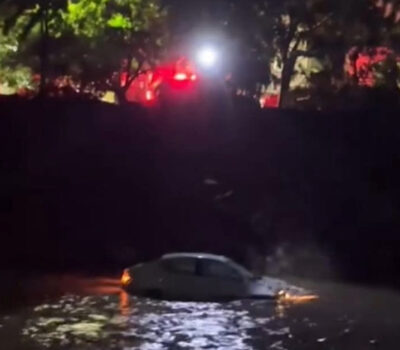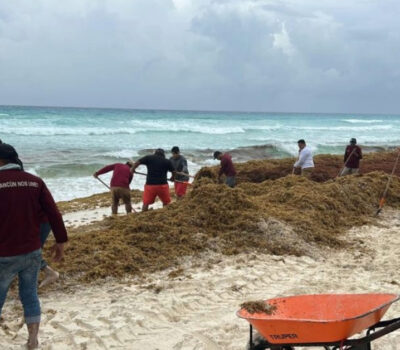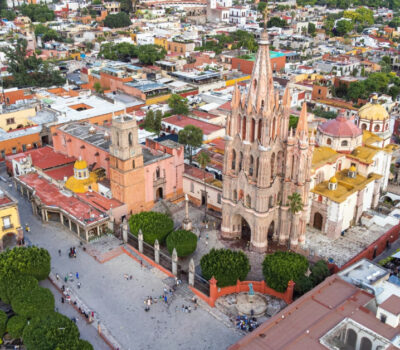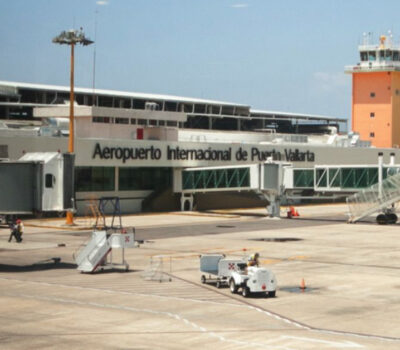A convoy of Mexican state and municipal police trucks roared along the U.S.-Mexico border in Ciudad Juarez to confront cartel gunmen, past National Guardsmen patrolling the banks of the Rio Grande River for migrants trying to cross into the United States.
“We should . . .

